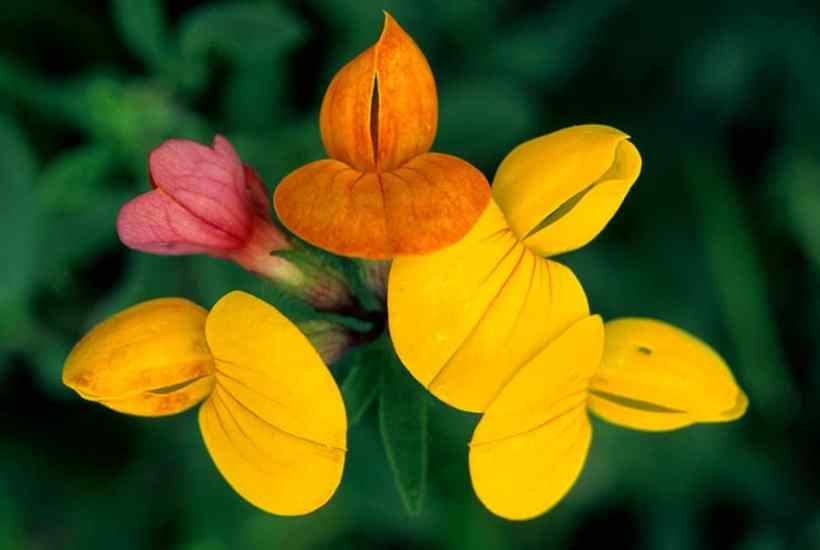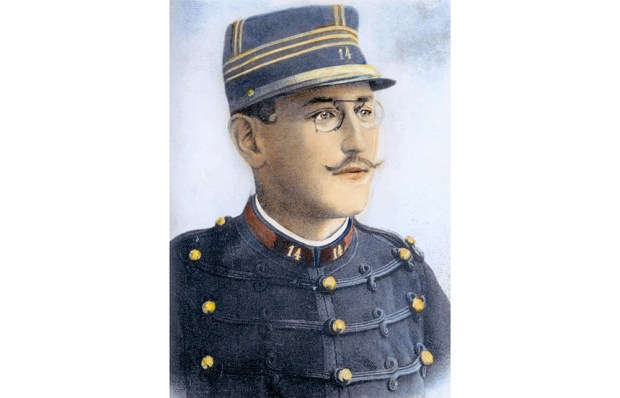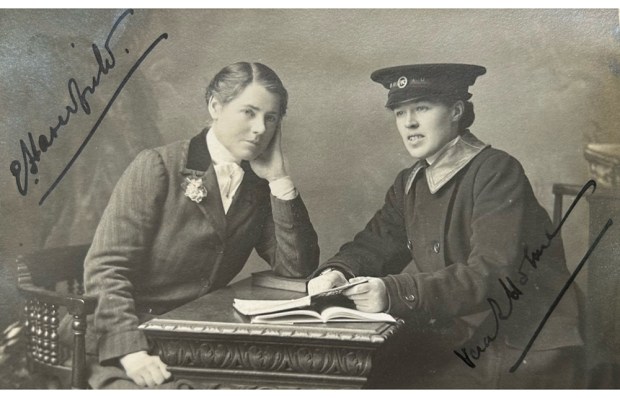‘There are a great many ways of holding on to our sanity amid the vices and follies of the world,’ wrote Ronald Blythe in 2008, ‘though none better than to walk knowledgeably among our native plants.’ To many today, when the age-old connection between people and their indigenous flora is in danger of being extinguished altogether, this pronouncement may seem eccentric; but is rightly endorsed by Leif Bersweden in Where the Wildflowers Grow, which vividly describes the botanical journey through Britain and Ireland he undertook last year.
He was born in 1994 and, unusually for his generation, has been a keen amateur botanist since childhood. There was a time, not that long ago, when being taught to recognise and name our native wild flowers was part of growing up, with colourful and informative posters of plants and trees hanging on classroom walls even in urban areas. But when a new edition of the Oxford Junior Dictionaryappeared in 2007, the common names of many once familiar plants – among them acorn, beech, bluebell, buttercup, dandelion and mistletoe – were omitted. It was as if language itself was colluding with the modern agricultural methods and increasing urbanisation that were gradually eradicating wild flowers and their habitats. Bersweden’s aim is to ‘bring wild plants back into our lives, to help people learn how they can benefit from them and encourage others to build, or rekindle, a relationship with nature’.
His book describes travelling by train, ferry and bicycle in search of native plants, visiting the places where they still thrive, to observe, photograph and write about them, and to explain why they matter. While protecting and nurturing wild flowers and their habitats has obvious ecological advantages, other benefits are less easily quantifiable. Bersweden nevertheless argues that being among wild flowers induces a feeling of wellbeing and makes us more alert to the passage of time, the turning of the seasons and the whole natural cycle of life, returning us to a familiarity with the history and folklore of plants that was once innate.
The book starts in London on a cold and drizzling 1 January, when the hungover author takes part in the annual New Year Plant Hunt, in which hundreds of people across the country volunteer to spend three hours recording which local wild plants are in flower, providing data for the Botanical Society of Britain and Ireland. As the year progresses, Bersweden visits 22 other locations in search of wild flowers and their preferred habitats. He travels south to the Lizard Peninsula in the footsteps of the great 17th-century botanist John Ray; north to Shetland in search of a species of mouse-ear, first discovered by a 12-year-old boy in 1837; east to the Norfolk Broads where the reduction of water extraction has wholly reinvigorated fenland wildlife; and west to County Cork, to explore a rare temperate rainforest that hosts hundreds of species of mosses, liverworts and hornworts.
Along the way, he provides fascinating information about the history, folklore and ecology of the plants he encounters. Bird’s-foot trefoil, for example, is not only very pretty – the orange, red and yellow of its petals ‘melting together like a Rocket Lolly’, as he characteristically puts it – but it supports 160 different species of invertebrates. Devil’s-bit scabious takes its curious name from its abbreviated rootstock, supposedly chewed off by the devil ‘out of spite’ because the plant was widely used as an effective cure-all. When an Alpine forget-me-not has been pollinated, the yellow ring at the centre of its milky blue petals fades to white to tell insects that they need to look elsewhere for nectar, thus ensuring other plants are pollinated.
Bersweden writes about plants and places in a relaxed style, with perhaps rather too much about the people he meets on his travels, some of whom he quotes to no great effect (‘“It’s a lovely landscape, isn’t it?” said Pat happily to no one in particular. “It really is cracking,” Sharon agreed.’) An editor should have cut these down, and prevented the repeated use of ‘incredibly’ when ‘very’ or ‘extremely’ is meant.
These minor blemishes are, however, a result of Bersweden’s engaging and irrepressible enthusiasm. Whether scrambling up Ben Lawers, splashing about in Catfield Fen or foraging for edible seaweed in Oldstairs Bay, he infectiously communicates his excitement about the plants he finds. A photograph depicting the beaming author cradling a small yellow water plant is captioned ‘Being given the opportunity to hold a Greater Bladderwort was one of the best things that ever happened to me’. While not every reader will be led to feel similarly overwhelmed by encountering wild flowers, many may be encouraged to abandon their screens for a hand lens, get out of doors and explore once more the extraordinary beauty and variety of the native plants with which they share this land.
Got something to add? Join the discussion and comment below.
Get 10 issues for just $10
Subscribe to The Spectator Australia today for the next 10 magazine issues, plus full online access, for just $10.
You might disagree with half of it, but you’ll enjoy reading all of it. Try your first month for free, then just $2 a week for the remainder of your first year.














Comments
Don't miss out
Join the conversation with other Spectator Australia readers. Subscribe to leave a comment.
SUBSCRIBEAlready a subscriber? Log in